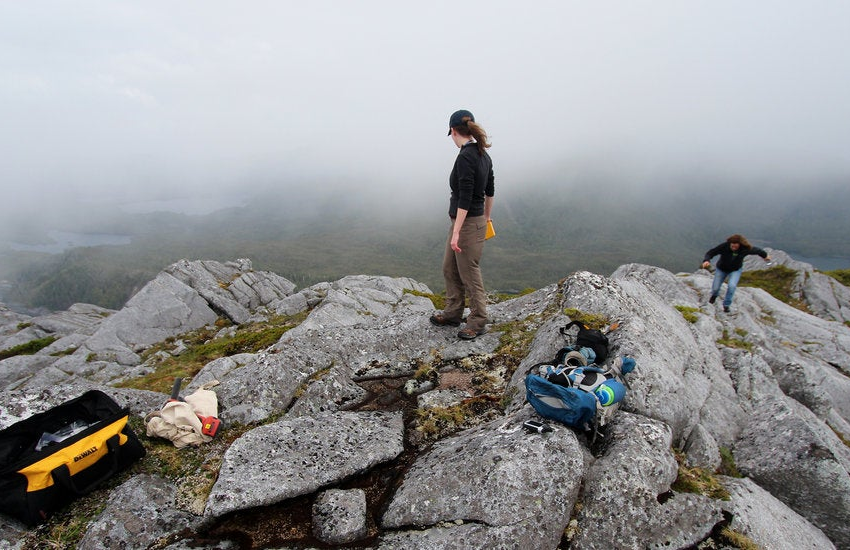Advertisement
Supported by
Scientists have discovered what they say is “direct evidence” supporting the theory that Ice Age migrants from Asia traveled down the Pacific Coast, rather than through North America’s interior.
How did early humans first enter the Americas?
After crossing into Alaska, the Ice Age adventurers may have trekked along two routes: either by foot through the interior of present-day Canada through a grassy passageway between two large ice sheets, or they moved south along the Pacific Coast.
Scientists have debated the two theories, and in recent years support for the coastal route has grown from archaeological finds, such as 13,000-year-old footprints on an island in British Columbia. Now, geologists studying boulders and bedrock on Alaska’s southeastern islands have found evidence of an ice-free route some 17,000 years ago down the coast that would have allowed human travel.
“We’re not definitively saying they took the coastal route,” said Alia Lesnek, a graduate student at the University at Buffalo and lead author of the study. “We have some of the first direct evidence that that was something that could be done.”
The finding, published Wednesday in the journal Science Advances, supports the theory that the first people to populate the Americas were seafarers traveling from island to island.
[Like the Science Times page on Facebook.| Sign up for the Science Times newsletter.]
In the summer of 2015, Ms. Lesnek hopped out of a helicopter into a grassy valley on Baker Island in southeastern Alaska. There, she spotted a large gray boulder, that to most people may have appeared unremarkable. But to Ms. Lesnek, the rock’s smooth surface and rounded edges were clues to its ancient past: it had been plopped onto the landscape thousands of years earlier by giant glaciers.
She took out a power saw with a blade as wide as a grapefruit and with two hands cut into the rock. “It’s exciting, but a little bit nerve-racking because it spins really fast and makes a loud noise like ‘Reeeiiiinnnn’,” Ms. Lesnek said.
We are having trouble retrieving the article content.
Please enable JavaScript in your browser settings.
Thank you for your patience while we verify access. If you are in Reader mode please exit and log into your Times account, or subscribe for all of The Times.
Thank you for your patience while we verify access.
Already a subscriber? Log in.
Want all of The Times? Subscribe.
Advertisement

